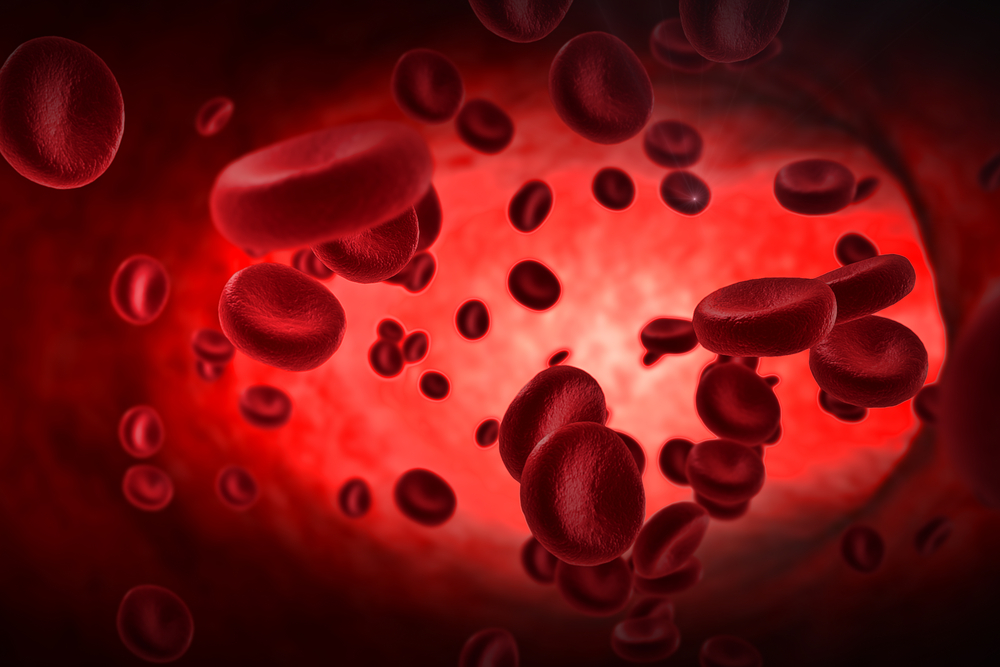Sickle Cell Patients’ Diet Should Be Rich in Selenium, Researchers Say

Insufficient levels of selenium in patients with sickle cell disease (SCD) are associated with red blood cell destruction, or hemolysis, according to a study from Brazil. As such, the study authors recommend those patients should include selenium-rich foods in their diets.
The study, “Selenium Status and Hemolysis in Sickle Cell Disease Patients,” was published in the journal Nutrients.
Oxidative stress — an imbalance between the production and clearance of toxic free radicals known as reactive oxygen species (ROS) — is associated with hemolysis, a hallmark of SCD.
Nutrients such as selenium, zinc and vitamins A, C and E are part of the antioxidant defense system, as they suppress ROS production, prevent oxidative damage in lipids (fat), and/or support the activity of key enzymes.
Selenium, a component of the amino acid selenocysteine, is present at the active site (where the chemical reaction takes place) of glutathione peroxidase. It helps maintain the activity of this antioxidant enzyme, protecting hemoglobin from oxidation and red blood cells, or erythrocytes, from hemolysis. Selenium also is involved in the development of mature erythrocytes, where it acts as a defense against oxidative damage.
A team from Universidade do Estado do Rio de Janeiro and Instituto Nacional de Infectologia Evandro Chagas, in Brazil, studied whether the levels of selenium, zinc, vitamin A and vitamin E are associated with the degree of hemolysis in adults with SCD.
A total of 51 patients (average age 49.3 years, 54.9% women, 52.9% black) were included; all were 40 or older. To take part in the study, which was conducted from 2012 to 2014, the participants could not have used vitamins and/or mineral supplements more than 60 days, except for folic acid. Homozygous hemoglobin S, one of the most common genetic profiles in SCD, was found in 36 participants (70.6%). Most patients (58.8%) did not use hydroxyurea.
Besides collection of blood samples to determine the levels of hemolysis markers, antioxidant micronutrients and inflammatory markers, the team also analyzed dietary intake over two 24-hour periods at least 10 days apart. Descriptions and portion sizes of foods were analyzed with pictures and diagrams.
The results showed that while the median concentrations of vitamin A, E, and zinc were above the reference values, the levels of selenium were lower. Most patients had normal serum amounts of zinc (95%), vitamin E (91.8%) and vitamin A (73.5%), but the vast majority (93.5%) showed insufficient levels of selenium. Altogether, these results “are in accordance with the low-grade chronic inflammation usually observed in SCD,” the scientists stated.
They found that the greater the amount of selenium, the greater the erythrocyte counts, hemoglobin level, and hematocrit (the proportion of erythrocytes in the blood). In turn, lower levels of selenium corresponded to higher amounts of hemolysis markers lactate dehydrogenase, total, direct and indirect bilirubin (generated during the breakdown of erythrocytes), fetal hemoglobin, and of reticulocytes (immature erythrocytes produced in response to hemolysis).
When accounting for potential confounding factors, the only other significant association was between vitamin E and red blood cell distribution width, a measurement of the variation in the volume and size of erythrocytes.
A subsequent analysis of food consumption found that most patients consumed inadequate amounts of vitamin A (65%), vitamin E (80%), selenium (82%), and zinc (82%). In contrast, 2% reported vitamin A consumption above the tolerable upper intake level.
“Low serum concentrations of selenium were directly associated with hemolytic events, which may aggravate the condition of these patients and result in more severe complications,” the scientists wrote.
“An adequate selenium intake may probably improve SCD patients’ clinical status. Thus, we recommend the inclusion of an increased amount of selenium-rich foods in their diet,” they said.
According to the National Institutes of Health (NIH) Office of Dietary Supplements, selenium-rich foods include seafood, organ meats, cereals and other grains, and dairy products.






